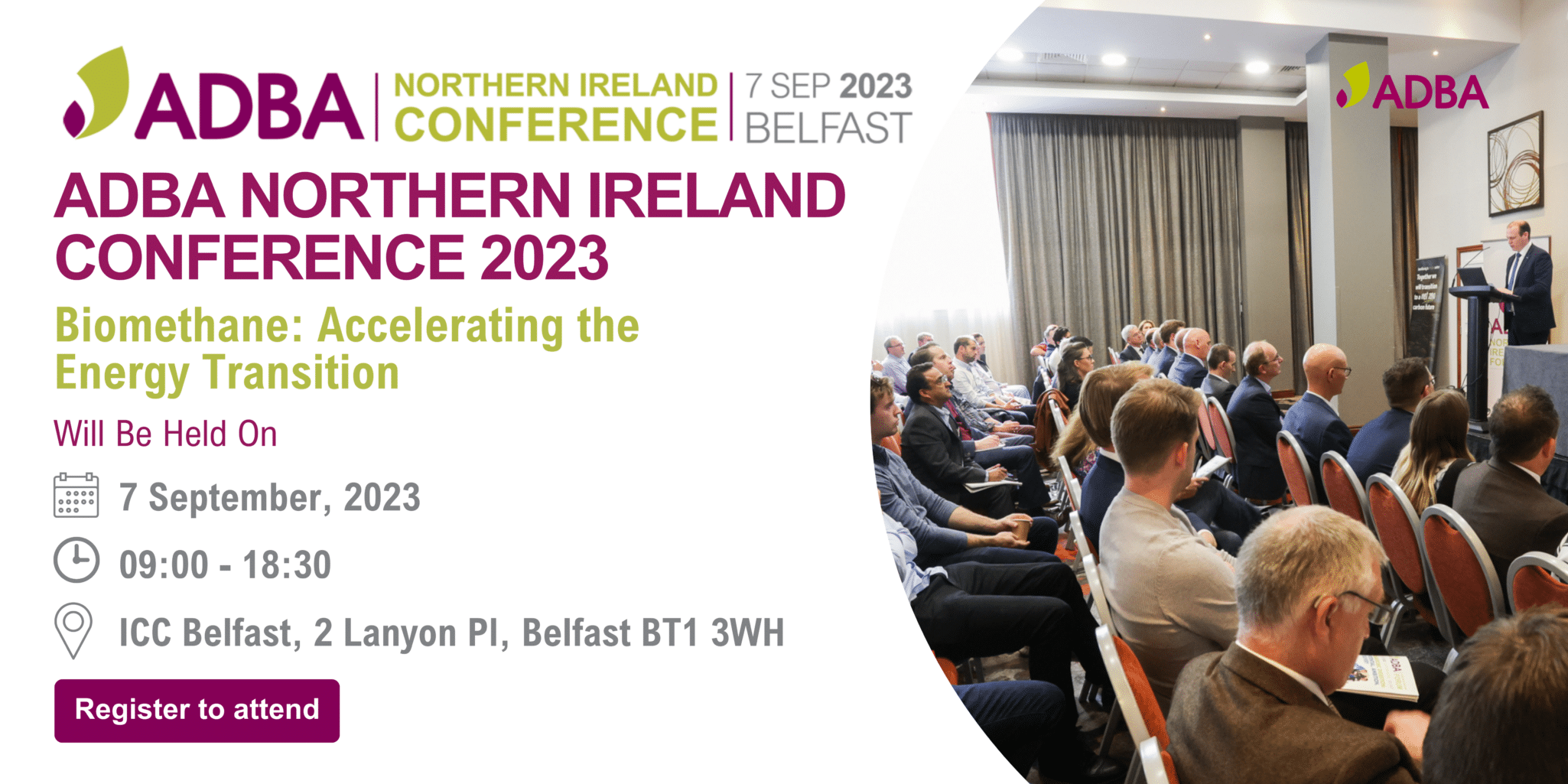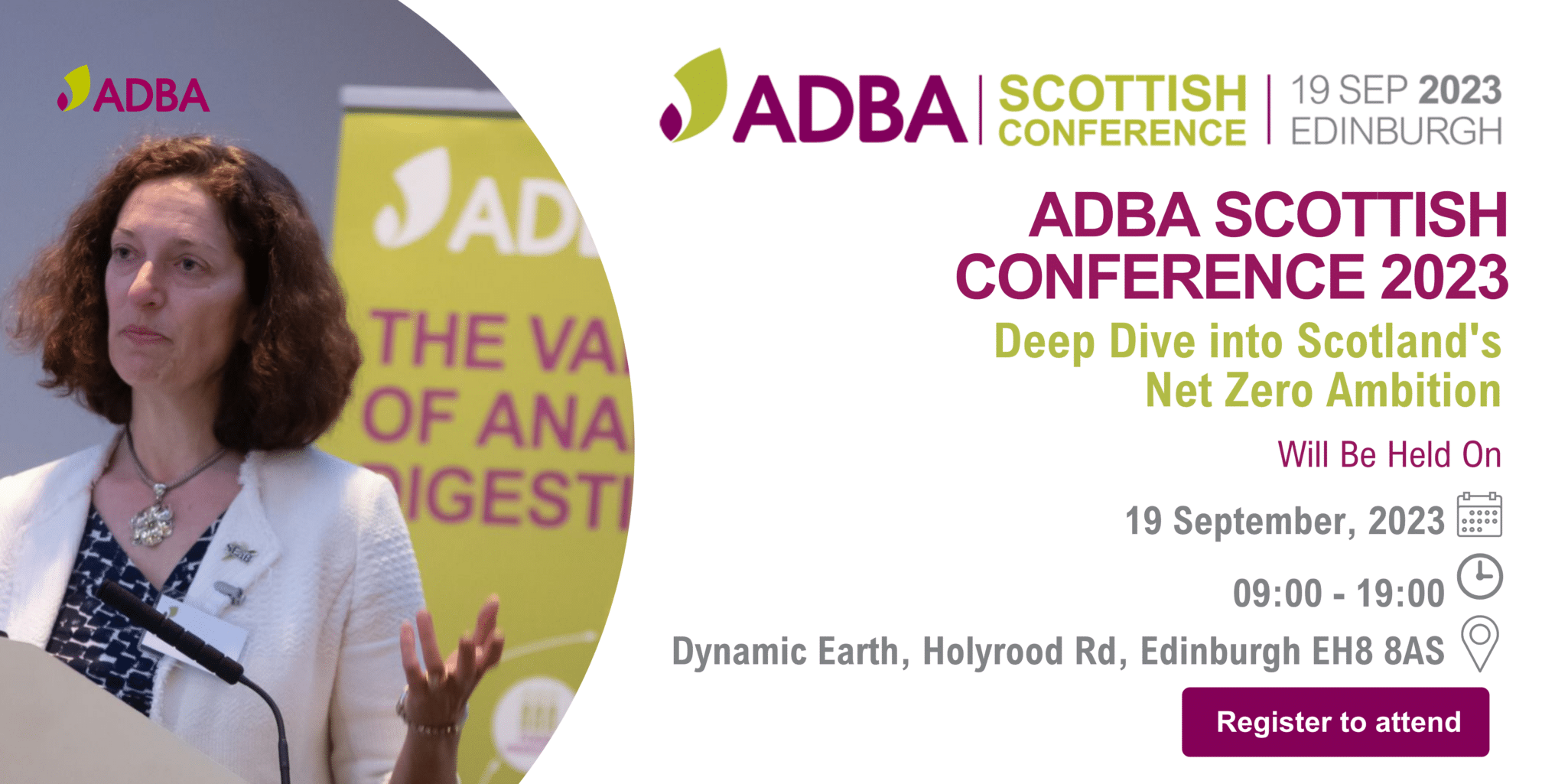Following the Cassington AD plant lightning strike incident last October, ADBA has issued guidance notes…
AD can deliver 30% of the UK’s household gas demand
Speakers at the ADBA R&D Forum held in April discussed some of the new feedstocks which may become suitable for AD with technological advances. These include macroalgae (e.g. seaweed) grown or collected off the coast, microalgae grown using digestate, wetland biomass (reeds) and other high-lignin feedstocks, hydrogen (produced from the electrolysis of water using ‘waste’ electricity), and organic co-products from advanced agriculture being developed such as aquaculture and the greenhouse sector. Advanced agriculture in particular has the potential to make use of the waste carbon dioxide, water and heat from biogas combustion as well as the nutrients and water in digestate to support plant growth, thus increasingly yields or reducing conventional input costs.
We’ve therefore reviewed our existing assumptions about the amount of methane the industry could produce in a supportive environment. We now believe that 80 TWh of gas is achievable. Use of hydrogen in AD (expected to use Power-To-Gas processes) has the potential to much of the carbon dioxide produced as part of the anaerobic digestion process into more methane. If adopted (the technology already exists) – could we increase methane yields per tonne of feedstock from 60% to 90%? The answer depends on a number of factors, such as the scale at which this technology can be adopted and how the electricity market develops. If so this could be an extra 27 TWh of gas.
Another critical area is whether pre-treatment technologies such as steam explosion, thermal hydrolysis and dry anaerobic digestion can bring high-lignin feedstocks such as straw and garden waste into the market.
If so, we have a lot more to offer than has previously been estimated.





